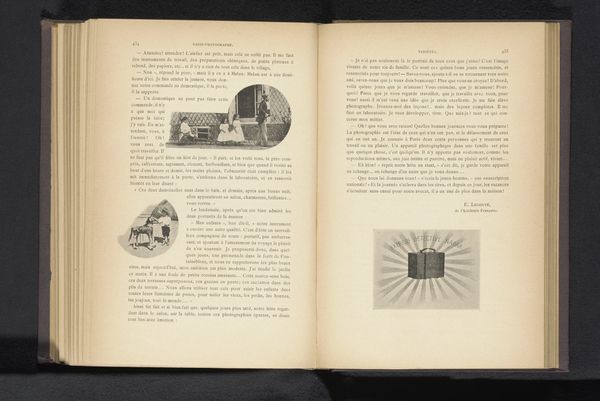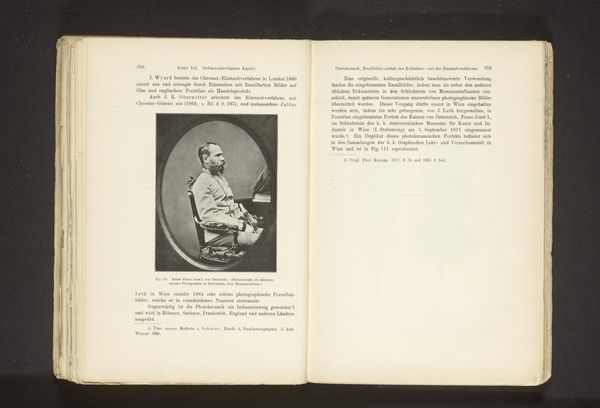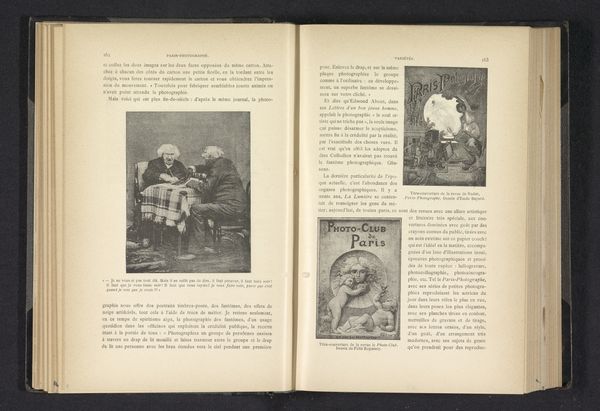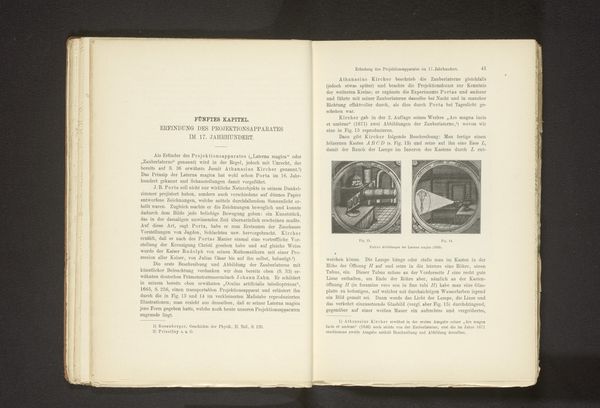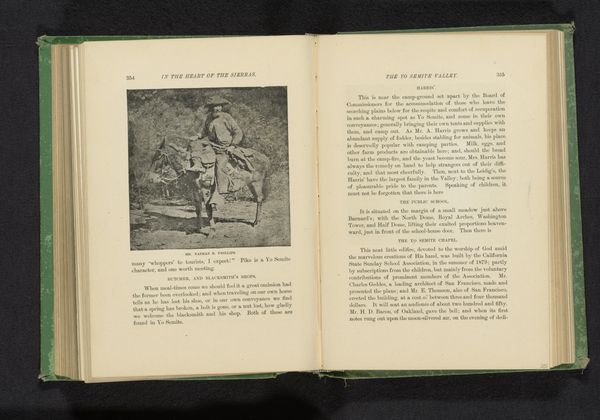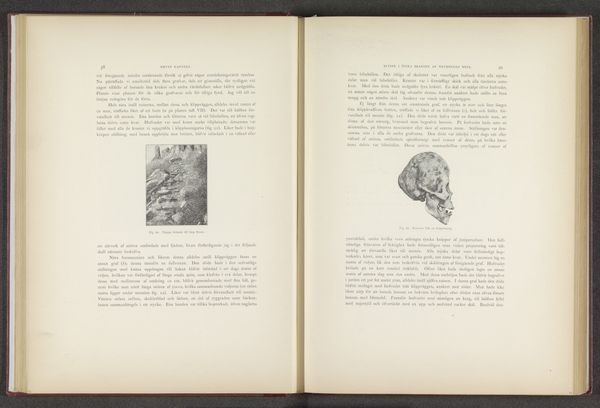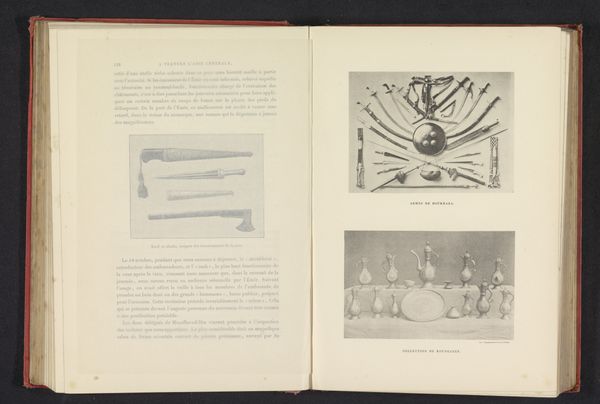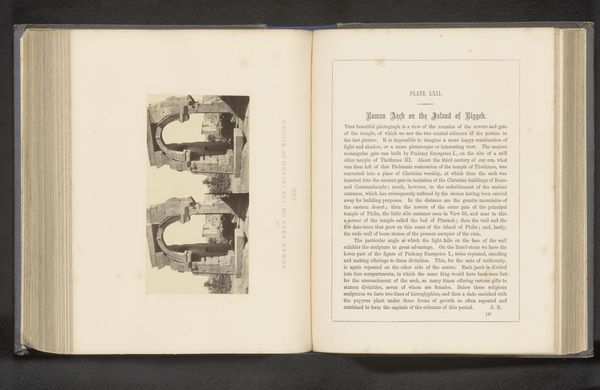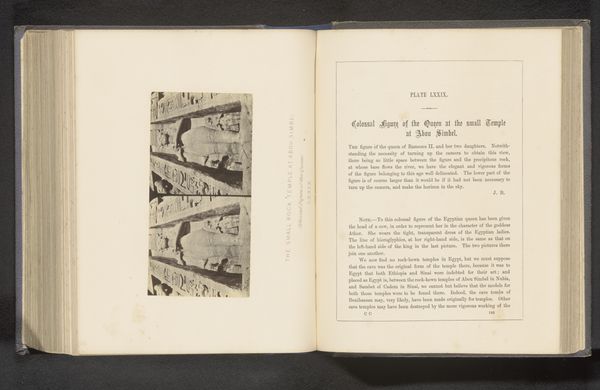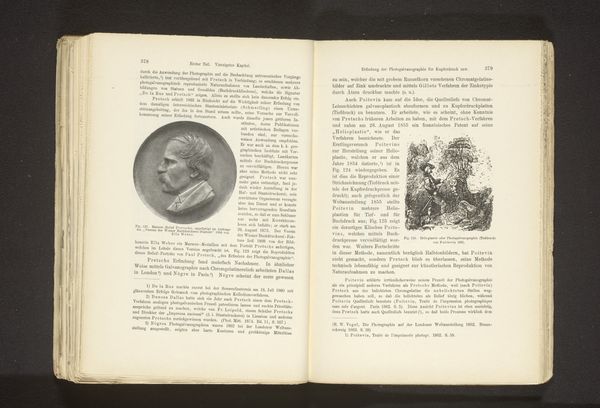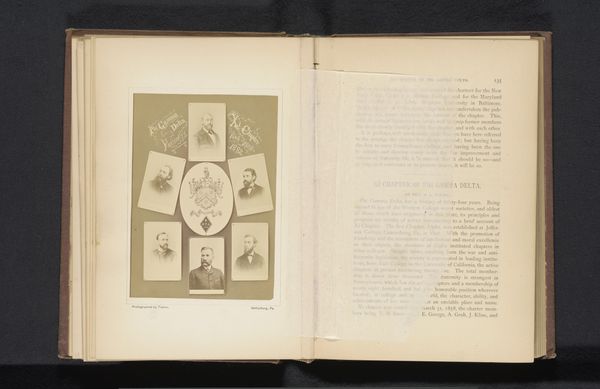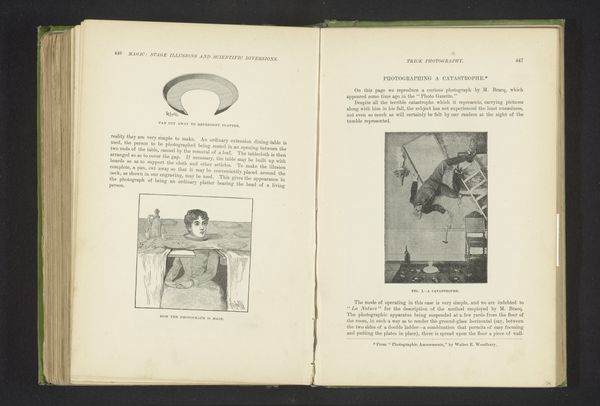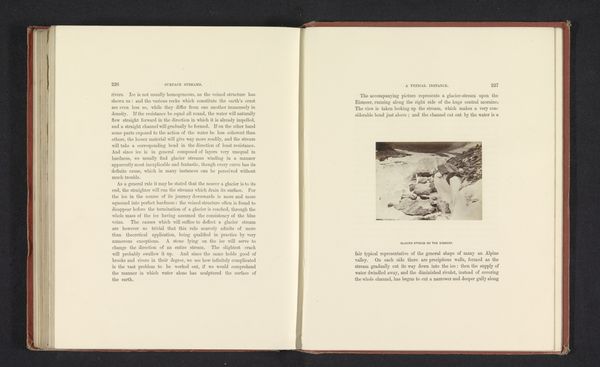
print, photography, albumen-print
#
portrait
#
pictorialism
# print
#
photography
#
albumen-print
Dimensions: height 75 mm, width 56 mm
Copyright: Rijks Museum: Open Domain
Editor: Here we see W.J. Byrne’s "Portret van een onbekend meisje," or "Portrait of an Unknown Girl," created before 1894, utilizing an albumen print in the pictorialist style. I am immediately struck by its soft focus. The young girl seems to be gazing distantly, a little melancholy. What's your perspective on this, and what readings do you find in it? Curator: The use of Pictorialism is interesting here. The soft focus you noted serves to elevate this portrait beyond a simple likeness. How does blurring contribute to this image as a document of not just the subject but the time in which it was created, of what was valued? The way that girls and women were seen and interacted with varied drastically from different levels of society. Do you feel you get a sense of class based on the portrait? Editor: Well, her dress seems relatively simple, and her hair is slightly disheveled. This doesn’t give the impression of someone from the upper classes, yet she still looks healthy. She likely occupies a space in the middle or lower middle classes. I do wonder why Byrne calls her ‘unknown,’ were sitters typically known in portraits such as these? Curator: Precisely, the "unknown" status might hint at class differences impacting access to representation or historical acknowledgement. Consider also, how the female subject, positioned as an object of visual consumption, is a historical trend throughout art. But with the rise of photography as a democratic art form, to what extent does it challenge these elitist views? Thinkers such as Walter Benjamin considered the political power in challenging this hierarchical perception through access, as he argued that photographic reproduction detaches the art object from its dependence on ritual. How does seeing her image produced as part of a larger catalog inform how it might be distributed versus consumed in person? Editor: That's really insightful! The photograph appearing in a broader publication does democratize her image. Seeing the image reproduction does shift the power dynamic of how portraits have typically worked in art history. Curator: Exactly. Now that we understand how her position alters art consumption we can investigate the deeper contextual components of portraits as both an expression of personhood and record of its own society. Editor: Thank you! I hadn’t considered the radical possibility behind photographic portraiture like this before.
Comments
No comments
Be the first to comment and join the conversation on the ultimate creative platform.
